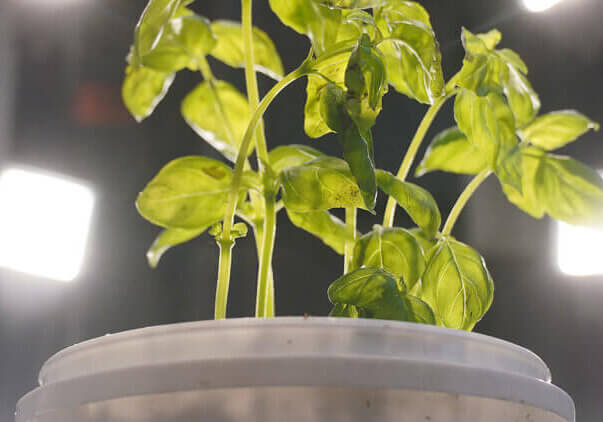T
hree Purdue graduate students participated in the third annual MANRRS NASDA Agriculture Policy Summit in Washington, D.C. February 13-16.
Crenel Francis Jr. attended from the Department of Agricultural Sciences Education and Communication, as did Alexander Robinson and Xavier Miranda, both from the Department of Agricultural Economics.
“The summit was an opportunity to help guide students to be advocates for the future of agricultural policy and industry relations,” explained Zachary “Zac” Brown, the assistant director for student recruitment and retention for the Office of Multicultural Programs (OMP).
Minorities in Agriculture, Natural Resources and Related Sciences (MANRRS) students from 14 universities across the country gathered to learn about agricultural policy and careers.

“During the summit, we had the opportunity to experience the complexities of making sound agricultural policy firsthand,” explained Miranda. “We attended NASDA regional meetings where we witnessed state commissioners of agriculture come together and discuss some of the most pressing issues in agriculture, such as water policy, climate change and food insecurity.”
The group also attended panel discussions with industry professionals, government employees and academics. These covered topics from the Farm Bill to advancing diversity, equity and inclusion in the food and agriculture industry.
“The summit was a fantastic opportunity that granted us the chance to experience different perspectives and meet with a diverse group of people from all walks of life,” added Miranda.
The students received a certificate for their participation and were surprised with $1,000 scholarships.
“The national society of MANRRS provides undergraduate and graduate students with the opportunity to expand their understanding of agriculture, network with professionals of all levels and explore potential career pathways,” explained Brown. “Purdue students that engage with our local chapter are not only given access to opportunities like the summit – they also have access to scholarships, internships, and employment opportunities that are limited to members of the organization.
“I hope that our students that attended the summit now know that they too can change agricultural policy and be a leader within this space,” said Brown.


Professor seeks to build academic bridges between scientists
With over 30 years spent at Purdue University, Thomas Hertel, distinguished professor of agricultural economics, has many professional milestones that timestamp his career. The most recent one is the announcement that he has received the Humboldt Research Award by the Alexander von Humboldt Foundation in honor of his career dedicated to researching the global impacts of trade, climate and environmental policies. The award will enable Hertel to spend six months conducting research in Potsdam, Germany.
Read Full Story >>>

